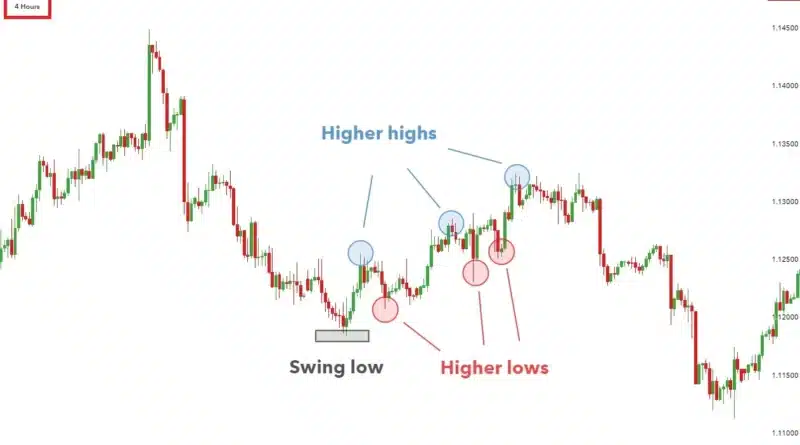Understanding trading time frames
It is often said that trading is all about timing, and it holds actual whether you are day trading, swing trading, or position trading. Trading time frames is essential to trader success, and different time frames offer different opportunities and risks. Understanding the various time frames available can help you focus your efforts on the ones that offer the best potential return on investment (ROI) for your particular trading style.
In this article, we’ll look at the different types of trading timeframes and how they can be used to improve your trading results, regardless of whether you are trading stocks, forex, or any other product.
The different types of time frames and how they can be used
There are six main types of time frames that traders use. Each of these timeframes offers different advantages and disadvantages, and let’s look at each in turn.
The tick chart
The tick chart is the shortest time frame available to traders, and tick charts show every trade that occurs on the market as it happens. It can be helpful for very short-term trading, as you can see exactly what is happening in the market at any given moment. However, tick charts can also be very volatile and may not provide an accurate picture of the overall trend.
The one-minute chart
The one-minute chart is the next most extended time frame. One-minute charts show all the price action that occurs in one minute. It can be helpful for day trading, as you can see how the market is moving minute-by-minute. However, one-minute charts can also be very volatile and may not provide an accurate picture of the overall trend.
The five-minute chart
The five-minute chart is a longer time frame than the one-minute chart. Five-minute charts show all the price action that occurs in five minutes. It can be helpful for day trading, as you can see how the market is moving on a 5-minute basis. However, five-minute charts can also be volatile and may not provide an accurate picture of the overall trend.
The fifteen-minute chart
The fifteen-minute chart is a longer time frame than the five-minute chart. Fifteen-minute charts show all the price action that occurs in fifteen minutes. It can be helpful for swing trading, as you can see how the market is moving on a 15-minute basis. However, fifteen-minute charts can also be volatile and may not provide an accurate picture of the overall trend.
The thirty-minute chart
The thirty-minute chart is a longer time frame than the fifteen-minute chart. Thirty-minute charts show all the price action that occurs in thirty minutes. It can be helpful for swing trading, as you can see how the market is moving on a 30-minute basis. However, thirty-minute charts can also be volatile and may not provide an accurate picture of the overall trend.
The one-hour chart
The one-hour chart is the most extended time frame available to traders. One-hour charts show all the price action that occurs in an hour. It can be helpful for position trading, as you can see how the market is moving hourly. However, one-hour charts can also be volatile and may not provide an accurate picture of the overall trend.
The benefits of using multiple time frames when trading
One of the best ways to trade the markets is to use multiple time frames. It means looking at the market from different perspectives and seeing different aspects of the market. For example, you may use a one-minute chart to trade the market, a five-minute chart to swing trade the market, and a one-hour chart to position trade the market. It can help you to get a better understanding of the market and make more informed trading decisions.
When using multiple time frames, looking for confirmation in the longer time frame is crucial before making any trades. It means you should not enter a trade just because it looks good on the one-minute chart. Instead, it would help if you waited for confirmation in the five-minute or one-hour chart before making a trade. It can help you to avoid false signals and bad trades.
How to use time frames to your advantage in trading
When trading stocks, it is crucial to understand that different time frames can provide different information. For example, a one-minute chart will show you the price action that occurs in one minute, while a one-hour chart will show you the price action that occurs in one hour. If you’re day trading stocks, you will want to use a shorter time frame, such as the one-minute or five-minute chart. It will allow you to see the price action that occurs minute-by-minutely and make better-informed decisions.
If you are swing trading stocks, you will want to use a longer time frame, such as the fifteen-minute or thirty-minute chart. It will allow you to see the price action that occurs on a 15-minute or 30-minute basis and make better-informed decisions.
When using time frames to your advantage in trading, it is essential to remember that longer time frames are generally more reliable than shorter time frames. It means you should not base your trading decisions solely on the information you see in the one-minute or five-minute chart.

